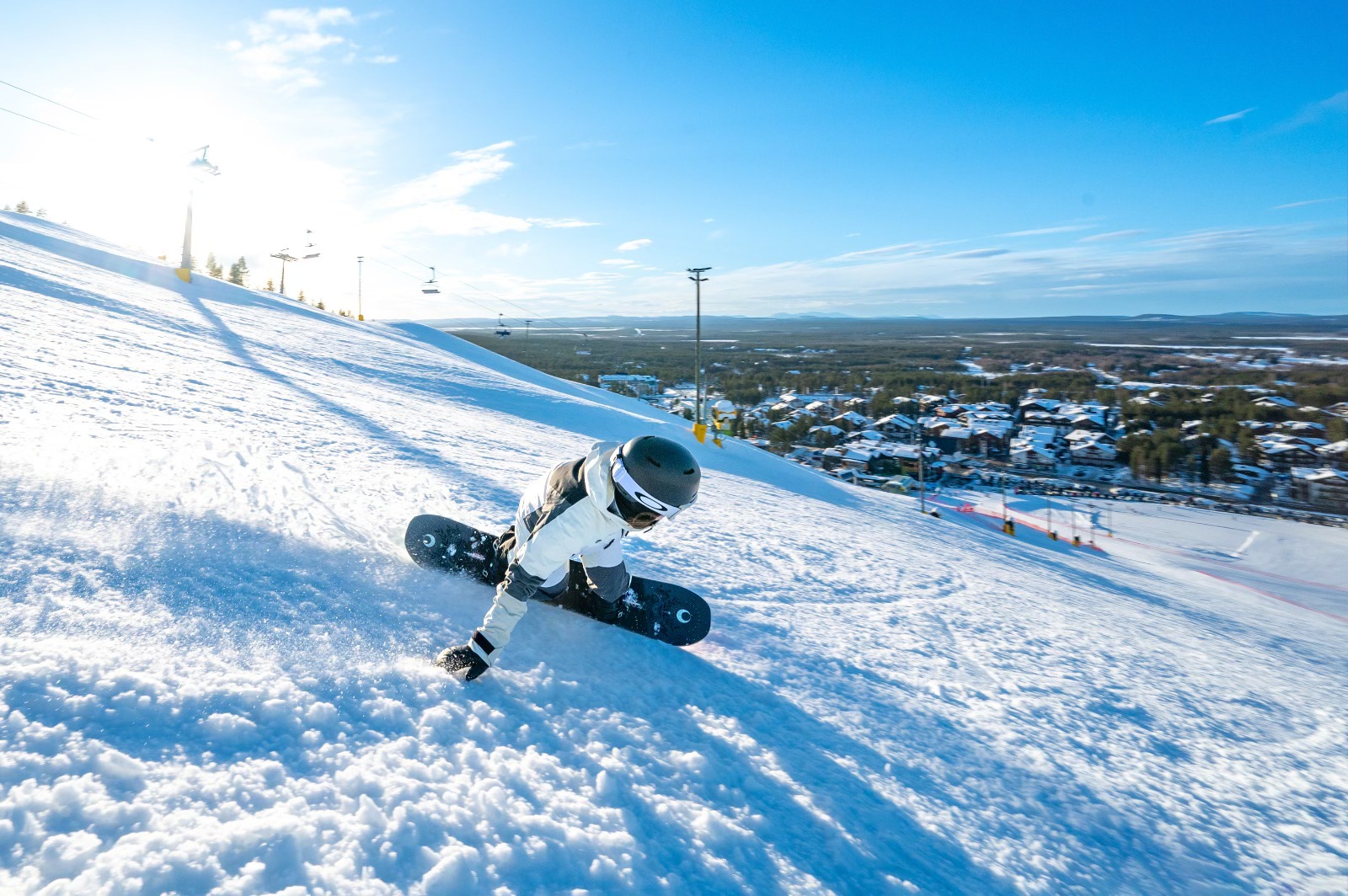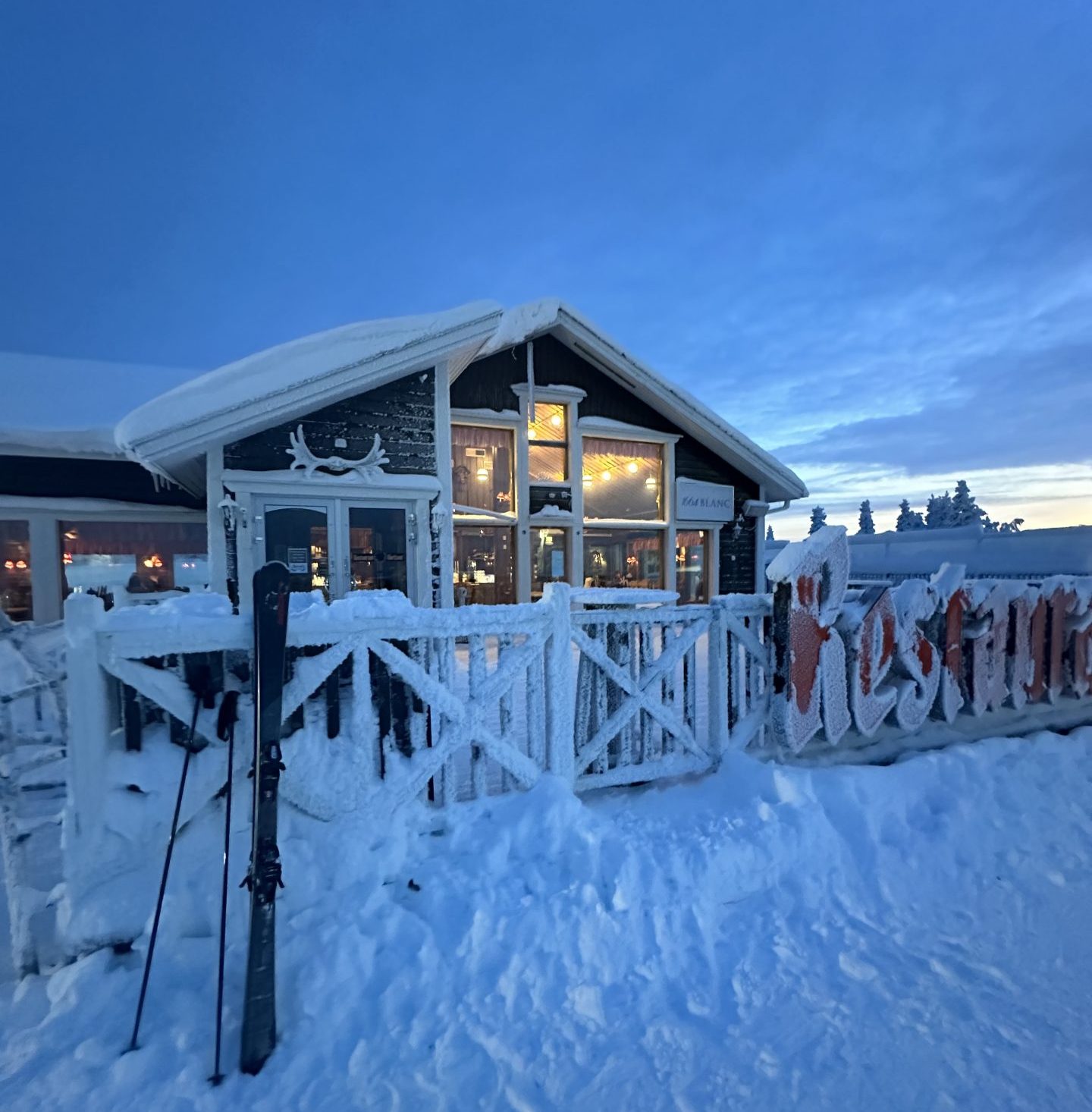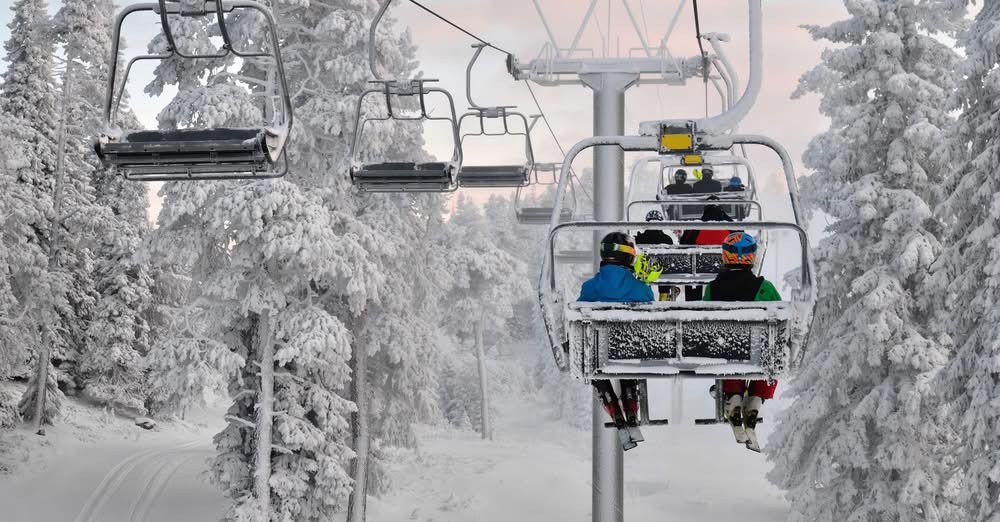
A new three-year collective agreement will bring a 7.8% wage increase to Finland’s ski resort workers following months of tense labor negotiations and a two-day strike in early March that disrupted operations at some of the country’s most popular ski destinations.
The deal, reached on March 7 between the Service Union United (Finnish: “Palvelualojen Ammattiliitto” or short PAM) and the Finnish Hospitality Association (MaRa), comes after talks that began in January failed to produce results, leading to widespread discontent among resort employees. With wages and working conditions on the line, PAM walked away from negotiations on January 31, later announcing an overtime and shift change ban starting February 3. When employers refused to meet workers’ demands, resort employees staged a strike on March 3-4, affecting major ski centers such as Levi, Ruka, Pyhä, and Ylläs.
“A strike is always the last resort,” said PAM Director Risto Kalliorinne, “but in this situation, we had no other choice. Employees deserve fair wages and working conditions.”
What the New Agreement Includes
The agreement, which runs from February 1, 2025, to January 31, 2028, includes the following wage increases:
- 2.4% on April 1, 2025
- 3.0% on September 1, 2026
- 2.4% on February 1, 2027
The increases apply to both minimum pay scales and individually negotiated salaries. Additional allowances for evening and night shifts, snowmaking, and union representatives will also rise accordingly. One key change expands the snowmaking allowance to cover snow storage work (also known as snow farming), which has become essential for ensuring reliable early-season skiing as climate change affects snowfall patterns.
PAM’s Collective Bargaining Specialist Sirpa Moilanen called the agreement a reasonable outcome given the challenging negotiations. “Skilled employees create unforgettable experiences for tourists, ensure customer safety, and contribute to the success of ski centers. At the same time, many workers are struggling with rising costs. They truly needed a pay increase that strengthens their purchasing power.”

Impact on Finland’s Major Ski Resorts
The labor dispute briefly affected operations at some of Finland’s top ski areas, including Levi and Ruka, two of the country’s premier winter sports destinations.
Levi, located in Finnish Lapland, is Finland’s largest ski resort and hosts FIS Alpine World Cup races each November. It features 43 miles of slopes and one of the longest ski seasons in Europe, thanks to an extensive snowmaking network and a commitment to snow farming. The season goes from early October to late May.
Ruka, in northeastern Finland, is another major winter hub, known for its freestyle skiing, ski jumping, and cross-country trails. The resort plays a key role in Finland’s ski industry, often serving as an early-season training ground for professional athletes due to its advanced snow farming methods.

How Finnish Ski Wages Compare to the U.S.
While the 7.8% wage increase marks progress for Finnish ski workers, their earnings remain modest compared to those in the United States. Under the new agreement, a Finnish ski resort worker will earn between €12 to €15 ($13 to $16) per hour. By contrast, many U.S. ski resorts—especially those in Colorado, Utah, and California—offer starting wages of $18 to $22 per hour for lift operators and entry-level resort staff, with some major resorts increasing their minimum wages to $20 or more. However, it is important to remember that the cost of living, driven largely by the lack of affordable housing, in American ski resorts is considerably higher than in Finland.
Despite the differences, the Finnish agreement represents a step forward for workers in an industry that heavily relies on their expertise. With no cuts to existing benefits and increased union support for employees facing dismissal, the new deal provides greater stability for Finland’s resort workers.